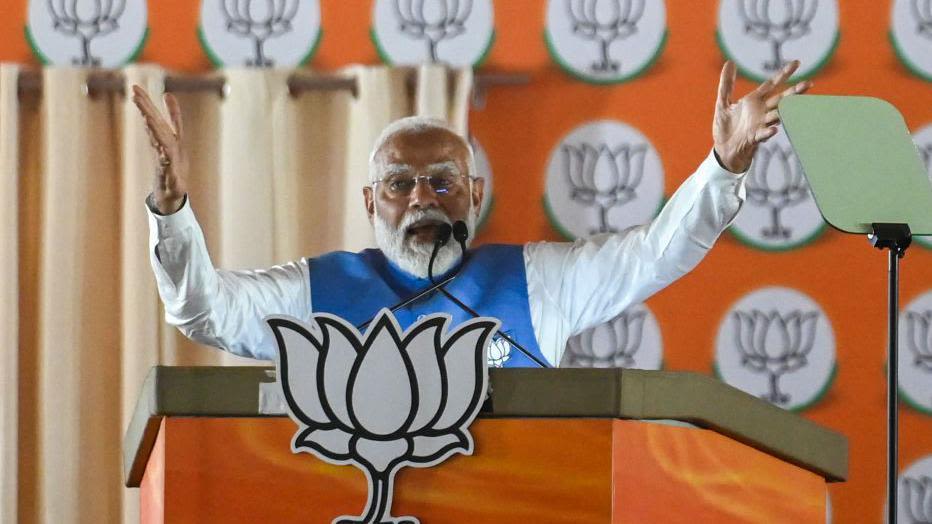Search results
News about India, exit polls, election
News about South Africa, ANC, Cyril Ramaphosa
News about Republican primary debate, Native Americans, voting record
Get voter ID requirements. And find out if you have to vote for the party you are registered with. Find out when to vote. The next presidential election will be on November 5, 2024. But the dates of other elections can vary. Learn when you can vote for your federal, state, and local representatives. Voting on Election Day.
- Voting on Election Day
Voter guides and sample ballots include the candidates and...
- Voter Registration
Learn how to register to vote and get a voter registration...
- State and Local Election Offices
Decide who to vote for Find my state or local election...
- Congressional, State, and Local Elections
How, when, and where to vote Decide who to vote for Find my...
- Absentee and Early Voting
States allow voters who cannot or do not want to vote in...
- Voting and Election Laws and History
In the U.S., no one is required by law to vote in any local,...
- Presidential Election Process
How, when, and where to vote Decide who to vote for Find my...
- Voting on Election Day
- What Is Congress?
- How Congressional Elections Work
- U.S. House of Representatives
- U.S. Senate
- Find Out When to Vote For Congress and Get Election Results
The U.S. Congress is the legislative branch of the U.S. government. It is composed of two chambers, the U.S. House of Representatives and the U.S. Senate. Congressional elections determine who represents your state in the federal government and which political party will hold a majority in each chamber for the next two years. Learn more about Congr...
Congressional elections happen every two years. At that time, one-third of the Senate and every seat in the House of Representatives is up for election. Midterm congressional elections take place halfway between presidential elections. The most recent congressional elections were in November 2022. The next midterm elections will be in November 2026...
Members of the U.S. House of Representatives serve two-year terms. All 435 House seats are up for election every midterm and presidential election year. A representative must be at least 25, a U.S. citizen for at least seven years, and live in the state he or she represents. The number of representatives a state has depends on its population. Each ...
Senators serve six-year terms. So they will not all be up for election at the same time, their terms are staggered. Every two years, during each midterm and presidential election year, a different third of the Senate is elected. A senator must be at least 30, a U.S. citizen for at least nine years, and live in the state he or she represents. There ...
May 25, 2024 · Roll Call Votes in Congress. Each year the U.S. Senate and House of Representatives take thousands of votes, some to pass bills, resolutions, nominations, and treaties, and others on procedural matters such as on cloture and other motions.
Laws begin as ideas. First, a representative sponsors a bill. The bill is then assigned to a committee for study. If released by the committee, the bill is put on a calendar to be voted on, debated or amended. If the bill passes by simple majority (218 of 435), the bill moves to the Senate.
House Votes. Clerk of the House website provides information about Roll Call Votes, Consensus Calendar Motions and Discharge Petitions. Senate Votes. Recent Senate Roll Call Votes; Senators Who Have Cast 10,000 or More Votes; Cabinet Nominations; Cloture; Supreme Court Nominations; Tie Votes; Vote-aramas
Microsoft Teams. A high-level overview of the forms that congressional elections take and the factors that influence their outcomes. Congressional elections don’t garner as much attention as presidential elections, but they’re an important avenue for citizen engagement. Key terms. Key takeaways.
The Legislative Process. The first step in the legislative process is the introduction of a bill to Congress. Anyone can write it, but only members of Congress can introduce legislation....





